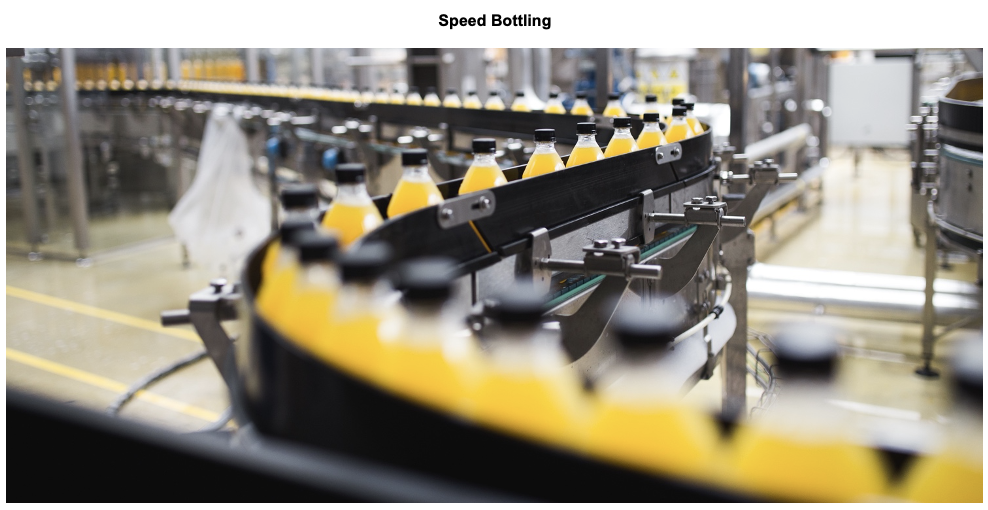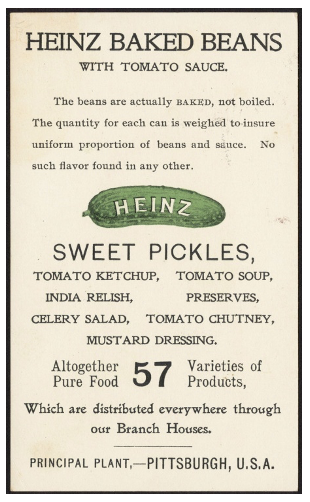- This is a new series on Testing, Inspection and Certification (TIC).
- TIC is all about suitable quantity and quality.
- Its development is linked to the industrial revolution, freight insurance, and commodity exchanges.
Testing, Inspection and Certification (TIC)
Throughout this series, we’ll be using the following TIC definitions:

We’ll also be using the following (slightly modified) supplementary definitions:

The issue that causes the most common confusion relates to the following:
“The resulting statement, referred to in this International Standard as a “statement of conformity”, conveys the assurance that the specified requirements have been fulfilled. Such an assurance does not, of itself, afford contractual or other legal guarantees.”
We’ll encounter other terminology and discuss them in future Opinions. These include sampling, review, designation, and conformity assessment body.
The History of TIC
In its simplest form, TIC is about suitable quantity and quality. The development of TIC is linked to three catalysts: the industrial revolution, the development of freight insurance, and of commodity exchanges.
Prior to the industrial revolution, products for trade were often purchased ‘as seen’ and often not far from the source of production in local markets, and sometimes bartered rather than using a cash settlement. In addition, corn exchanges developed to link farmers to buyers, such as the London Corn Exchange in Mark Lane (1747).
Only highly prized and expensive agricultural produce were brought from afar, such as spices, tea, cane sugar, cocoa, cotton, etc. This was often at considerable risk from shipwrecks, piracy, wars and other disasters creating high levels of price volatility.

There was no way to vouch for a foodstuff’s safety, for example, for harmful pathogens, apart from a visual examination, although weights and measures had mostly been accurate enough for several centuries previously.
The Industrial Revolution in Great Britain (1760-1840 and onwards to 1890) brought new demands for agricultural produce to be brought from countryside to urban areas with a much greater need for markets at distance from the source. It was also the beginning of industrialized food and beverage manufacturing such as canning, industrial speed bottling, and pasteurization and these required a uniformity of product (quality) and regular supplies (quantity) to process and ensure supply.

Improved sea and railway transportation also allowed more exotic ingredients, such as cocoa, to be used.
Some of the most iconic food and beverage processing manufacturers were founded in this period including Schweppes (1792), Fry’s/Cadbury (1824), and Heinz and Campbell’s (both 1869).
Canned foods in particular (autoclave invented in 1823) were not immediately trusted by the general public but once they got used to a consistent quality and safety, sales burgeoned. Parallel to this was the beginnings of TIC related to machinery, which was dangerous and unregulated to begin with and in particular high pressure steam boilers.

The second impetus to TIC didn’t come from the cargo but from the vessels themselves. This allowed insurance underwriters to quote premiums based on the seaworthiness of a vessel after an inspection and issued classification certificate by a classification society and added to the ship register.
The third development was the need for a transparent trading environment and the development of commodity markets. Prior to these, trades were made between individuals or, in the case of large transactions by a group of shareholder investors, such as in the case of both the British and the Dutch East India Companies.
Another possibility was to use a commodity exchange in a few cities. The most sophisticated was the Amsterdam Commodity Exchange which from the 16thCentury had established trading ledgers, forward contracts and other mechanisms we’d recognize today.
The opening of the Chicago Board of Trade (1864) is frequently considered the beginning of modern trading with a range of commodities, futures, options, physical short sales, etc. Significantly, the contracts that were developed in Chicago were mostly clear on contract specifications (quality and quantity) and when that occurs; TIC is an essential part of that.
Long-Term Winners
For TIC, being involved early led to some companies today having to maintaining their competitive edge. Three of the early entrants were SGS (Société Générale de Surveillance), Bureau Veritas, and Intertek.

SGS was founded in 1878 (the same year the London Corn Trade Association opened) in Rouen, France, by Henri Goldstuck, who saw an opportunity to offer inspection services on grain cargoes coming into the port. This was because of both shrinkage and theft of the cargoes and quality assessments were also made.
The following year, similar services were offered in Rouen, Marseilles and Dunkirk. SGS moved to its current headquarters in Geneva, Switzerland in 1919. A second early entrant was Bureau Veritas (BV), founded in 1828 in Antwerp (Belgium) and, from 1833, headquartered in Paris. The proposition was originally to provide up-to-date tracking information, machinery data on ships to underwriters.
The third was Intertek Group plc, originally a Canadian marine survey company founded in 1885, now headquartered in London.
Today, these companies have branched out into many areas of TIC such as pharmaceuticals, consumer goods, oil and gas, and apparel, but they all retain a major portfolio in agriculture and food.

Finally, another long-lasting beneficiary of this era relating to the earlier discussed shipping classifications is Lloyds of London, founded in 1686 and enshrined in a UK Act of Parliament in 1871. The TIC certificates related to seaworthiness were vital in allowing underwriters (syndicated private “names” and corporations) to make informed decisions on both insurance and reinsurance risk management. In 2020, Lloyds wrote £35.5 billion of gross premiums.

Other Opinions You Might Be Interested In…
Explainers You Might Be Interested In…

